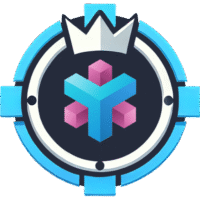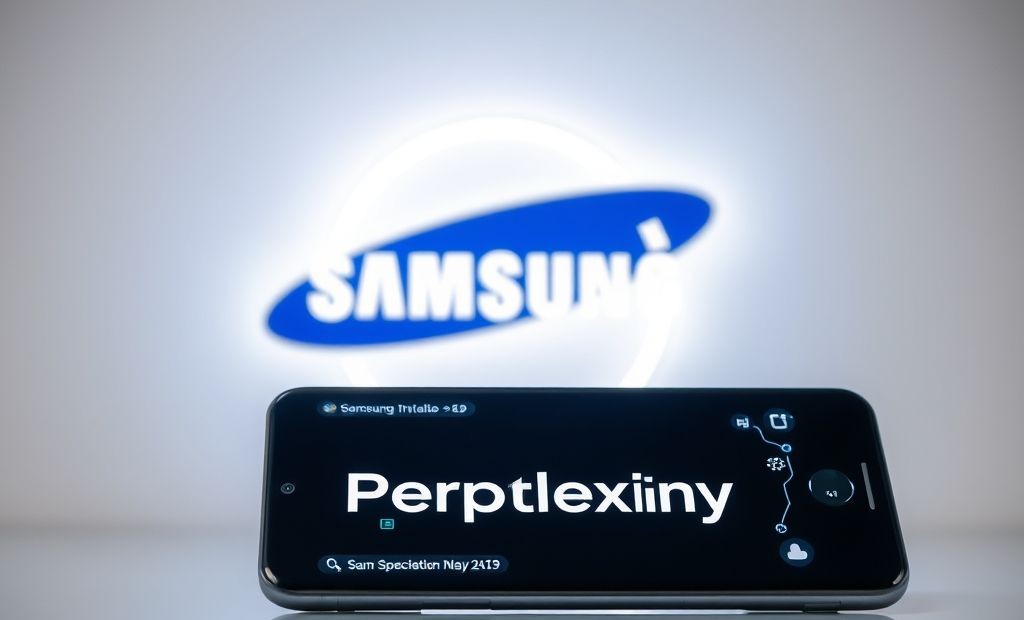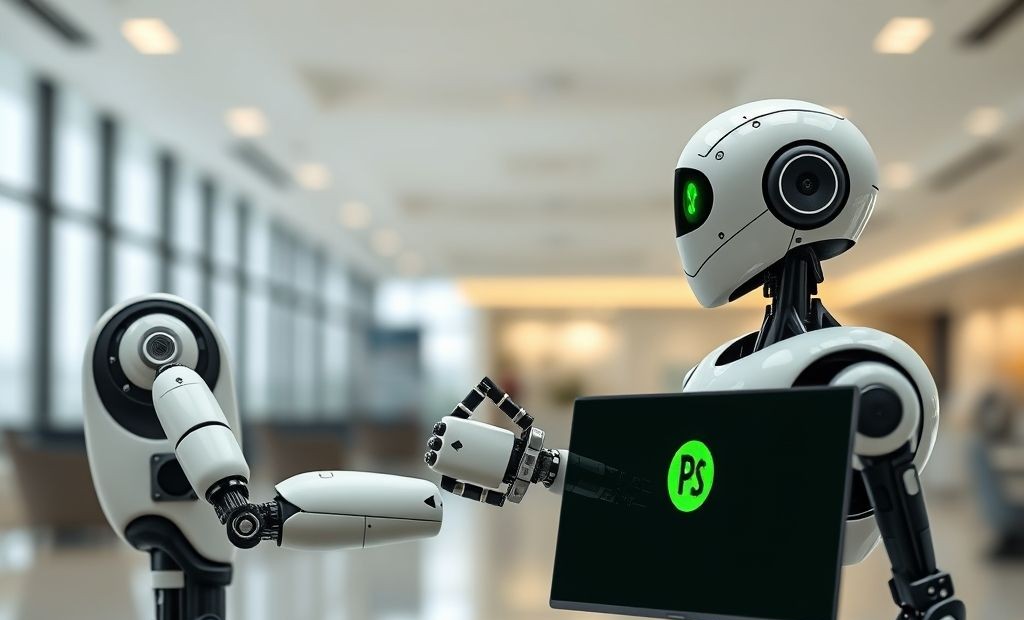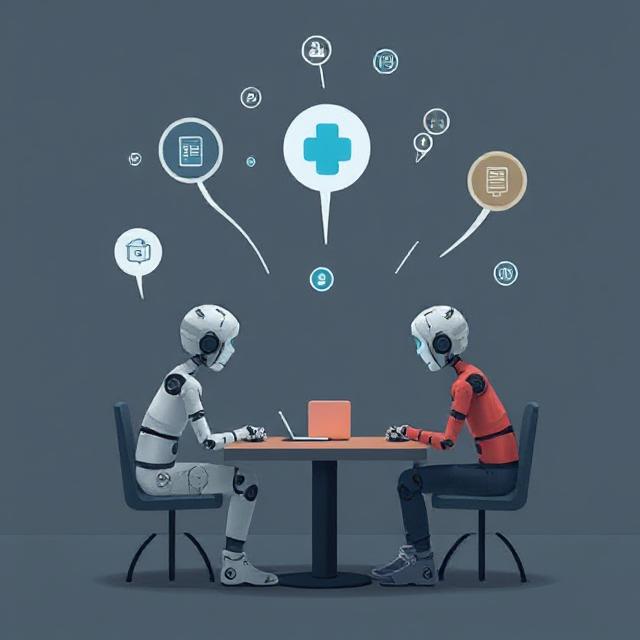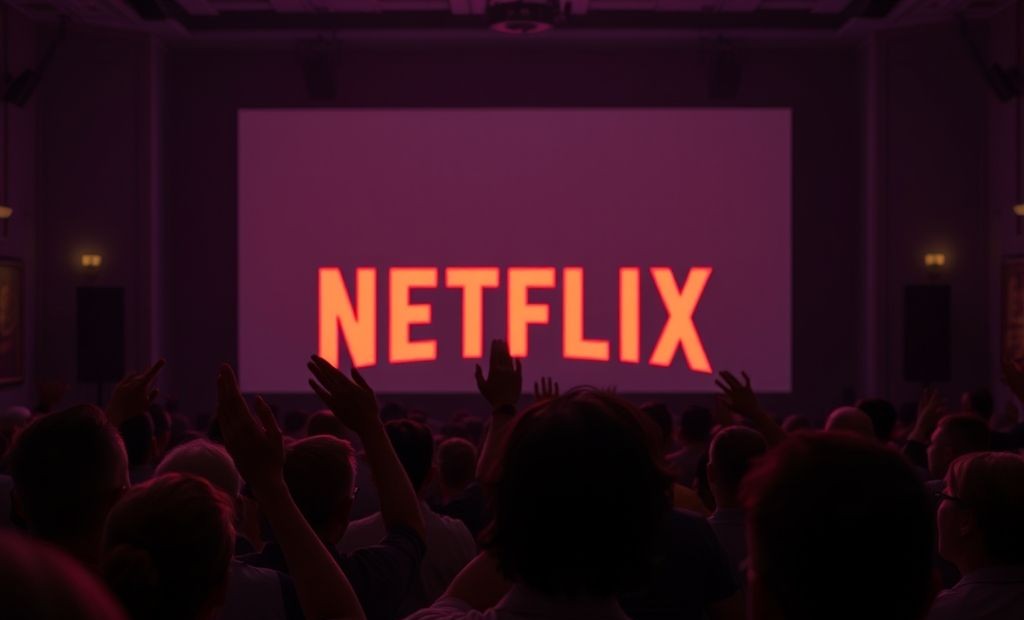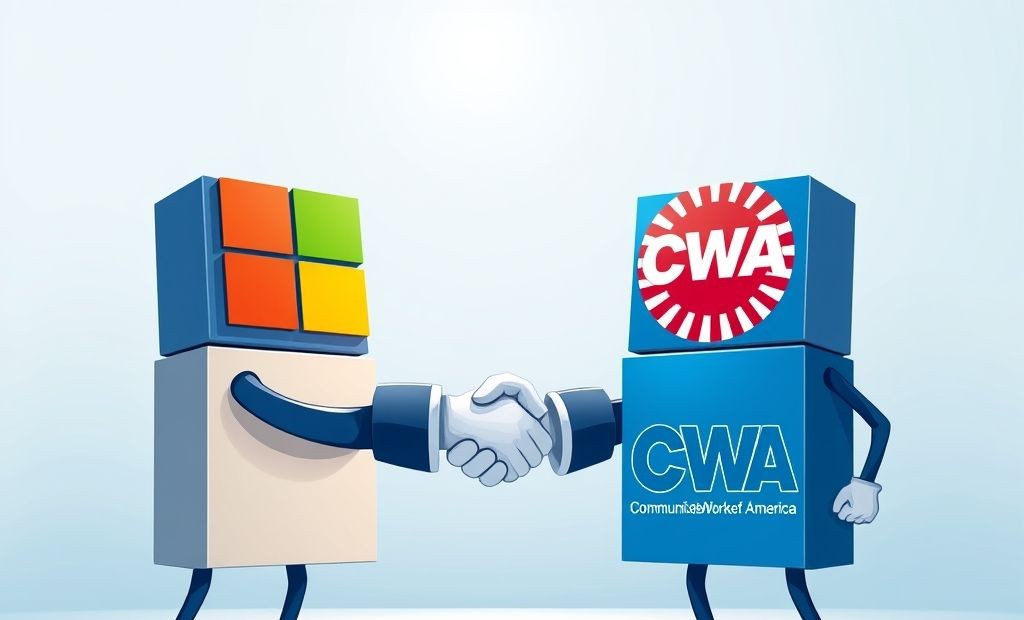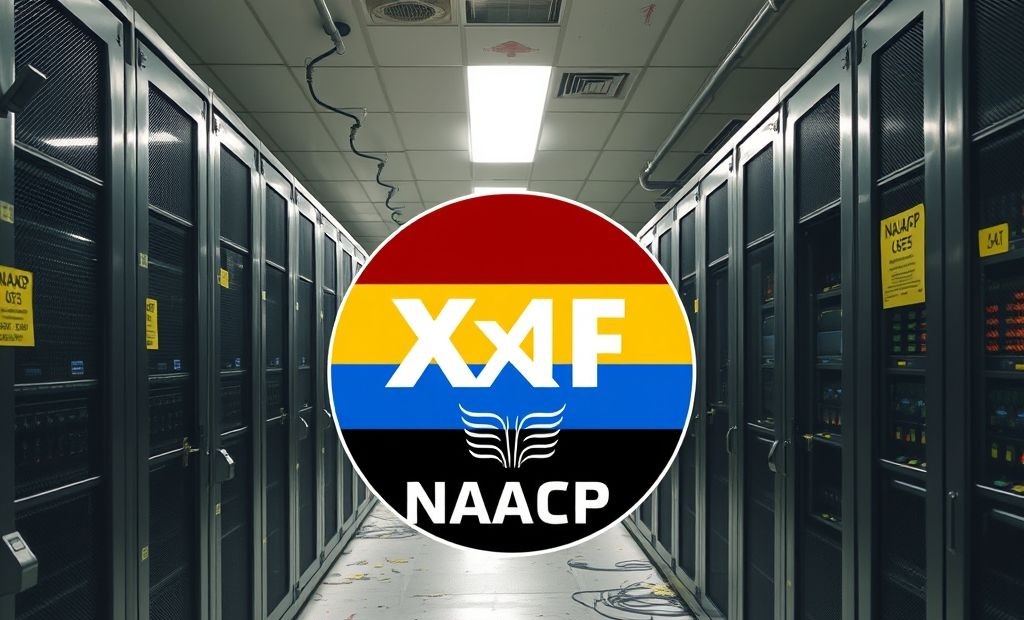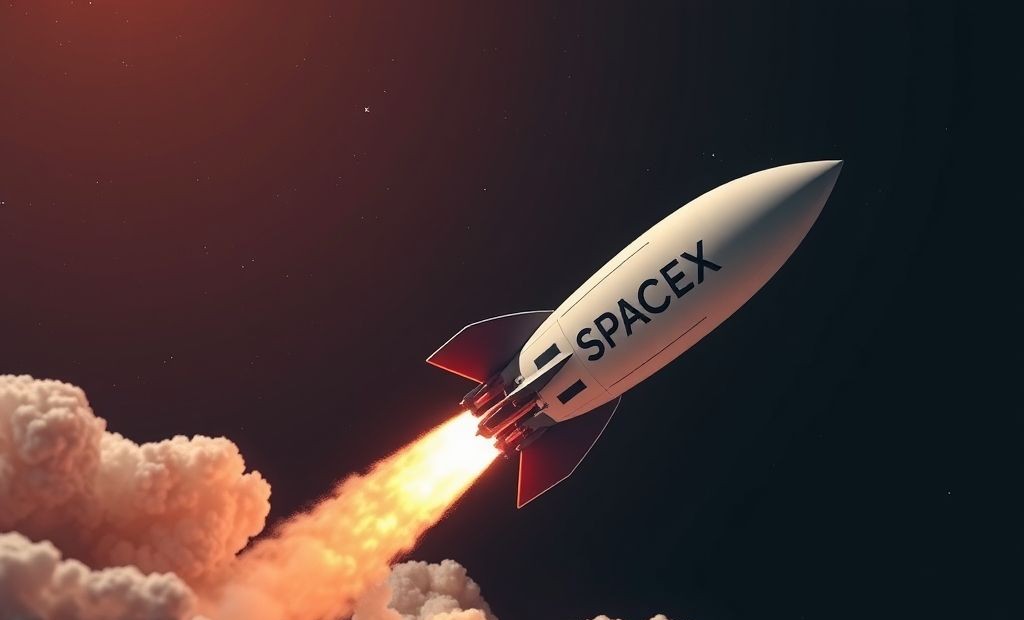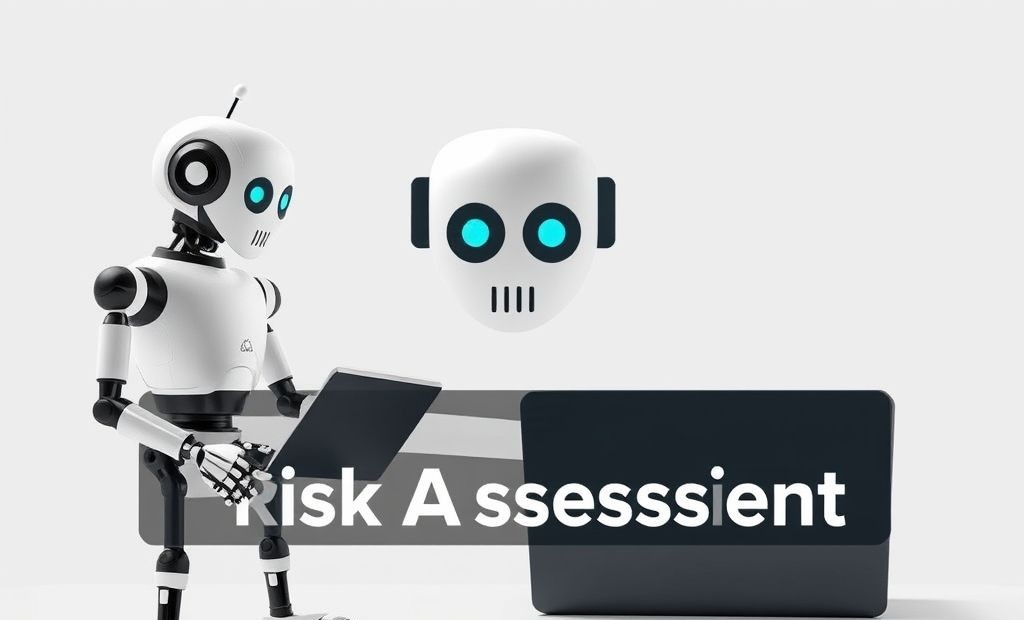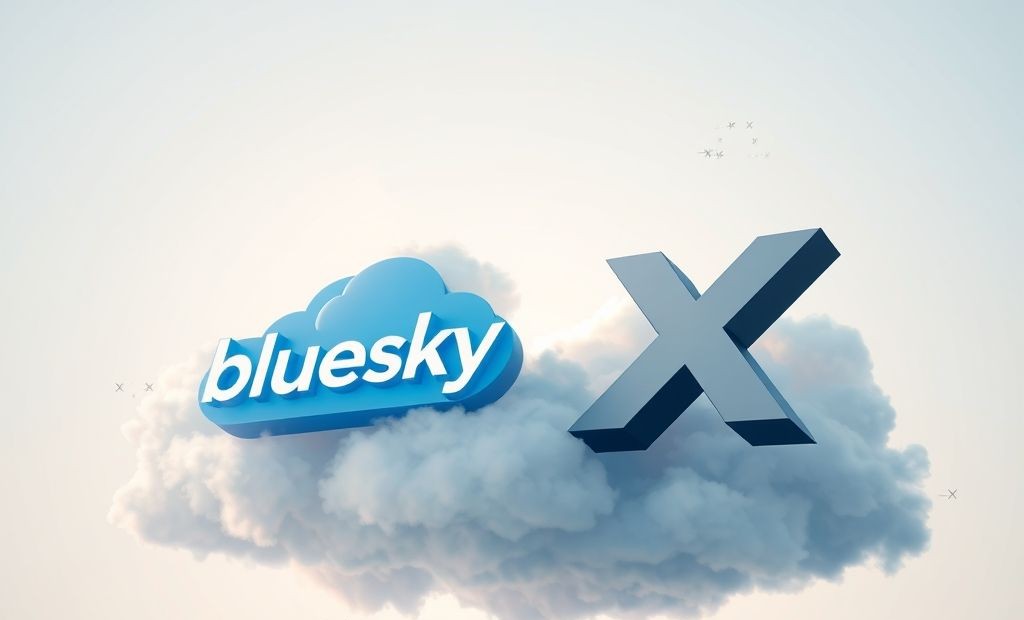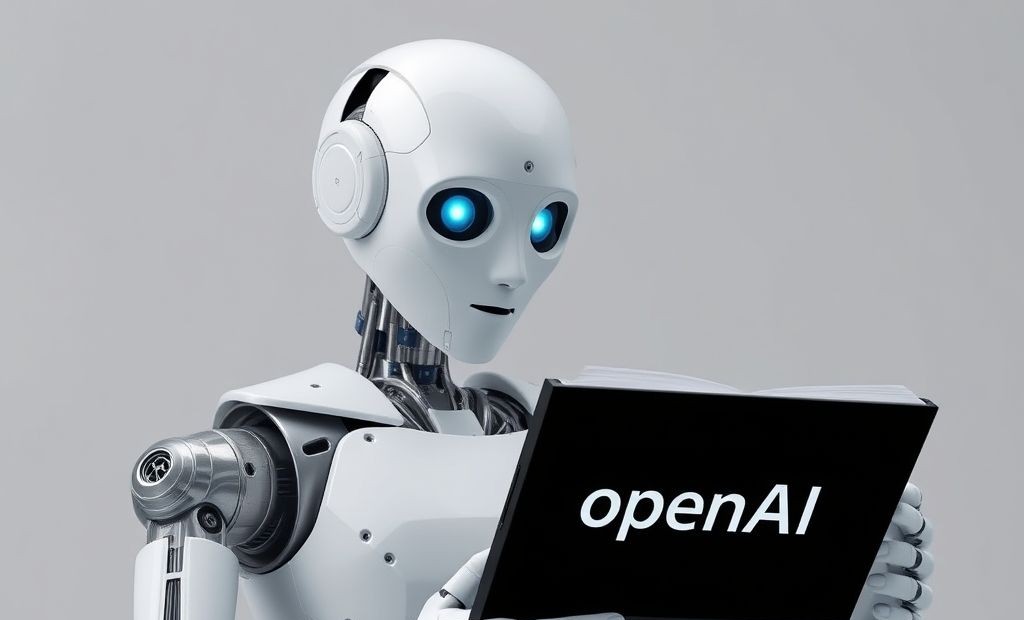Stop Calling Your AI a Coworker
The tech world loves buzzwords. But sometimes, the enthusiasm goes too far. A prime example? Referring to AI as a “coworker.” It’s a phrase that’s increasingly common, but it’s also deeply problematic. Let’s dive into why.
Why It’s a Misnomer
AI, even the most advanced forms, isn’t a person. It doesn’t have feelings, motivations, or the capacity for genuine collaboration in the way humans do. A coworker is someone you can share ideas with, empathize with, and build relationships with. AI is a tool, albeit a sophisticated one.
The Dehumanizing Effect
Equating artificial intelligence (AI) to a “coworker” may seem innovative, but it carries significant implications that can subtly dehumanize actual human employees. This terminology suggests that human skills—such as creativity, critical thinking, and emotional intelligence—are interchangeable with algorithmic processes. Such comparisons risk devaluing human contributions in the workplace.
The Devaluation of Human Skills
When AI is labeled as a coworker, it implies parity between human and machine capabilities. However, AI lacks consciousness, emotions, and genuine understanding. It operates based on data and algorithms, without the capacity for empathy or emotional intelligence. This misrepresentation can lead to unrealistic expectations and undervalue the unique human qualities essential for collaboration and innovation .
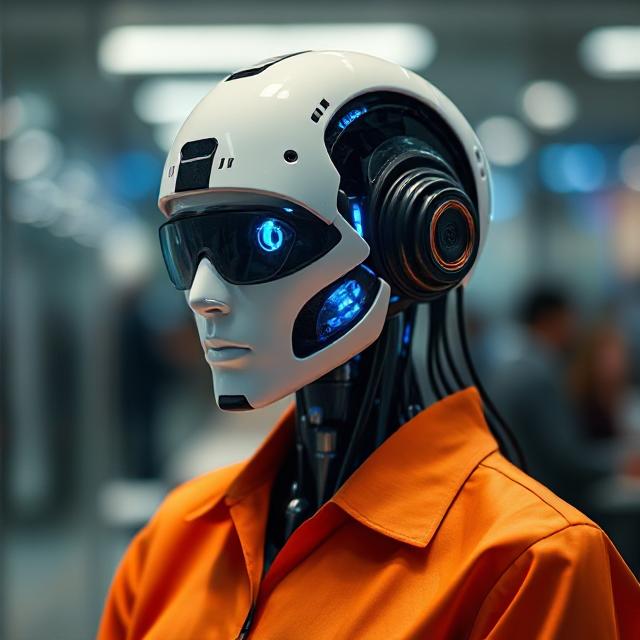
Impact on Employee Morale
The portrayal of AI as a peer can affect employee morale. Workers may feel their roles are being diminished or replaced, leading to decreased job satisfaction and engagement. This sentiment is especially prevalent when AI systems are integrated without clear communication or consideration of employee perspectives .
Ethical and Accountability Concerns
Assigning human-like roles to AI can blur lines of accountability. In scenarios where AI systems make decisions or errors, it becomes challenging to determine responsibility. This ambiguity can lead to ethical dilemmas and complicate organizational accountability structures .
The Importance of Accurate Terminology
Using precise language when discussing AI is crucial. Referring to AI as a tool or system, rather than a coworker, helps set clear boundaries about its role and capabilities. This clarity ensures that organizations and employees maintain realistic expectations and understand the importance of human oversight in AI operations .
Conclusion
While AI can be a powerful asset in augmenting human work, it’s essential to recognize its limitations. Maintaining clear distinctions between human coworkers and AI systems preserves the integrity of human relationships and ensures ethical considerations remain at the forefront of technological integration.
For further reading on this topic, consider the following articles:
These resources delve deeper into the implications of AI integration in the workplace and the importance of maintaining a human–centric approach.
Ethical Considerations
Calling AI a coworker blurs ethical lines. Who’s responsible when the AI makes a mistake? Who gets the credit when it performs well? These are complex questions, and the “coworker” label muddies the waters. We must establish clear lines of accountability when we integrate AI into our workplaces.
Think about practical matters like training, professional development, and team dynamics. Do you offer AI “employee benefits”? Does AI participate in team-building exercises? The absurdity highlights the fundamental difference between human employees and AI tools. It might be more useful to consider AI tools for automation.
A Better Approach
Instead of using the term “coworker,” let’s describe AI for what it is: a powerful tool that can augment human capabilities. Focus on how AI can assist employees, automate repetitive tasks, and free up time for more strategic work. Acknowledge the benefits of AI without minimizing the value of human contributions. Let’s explore how to select the best AI platform for your business needs.
The Path Forward
The future of work involves humans and AI working together, but it’s crucial to maintain a clear distinction between the two. By avoiding the misleading “coworker” label, we can foster a more ethical, transparent, and human-centered approach to AI integration in the workplace.
